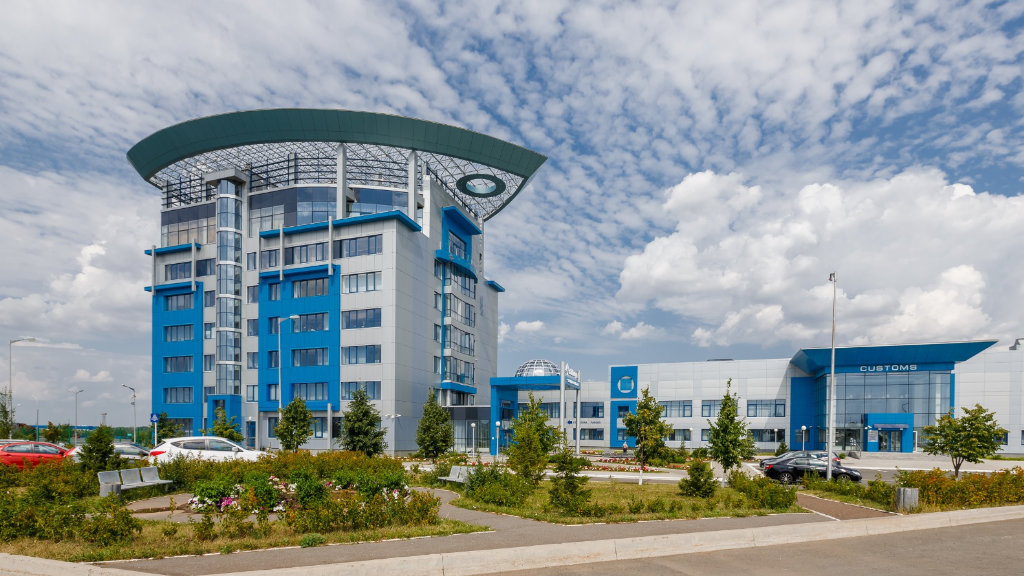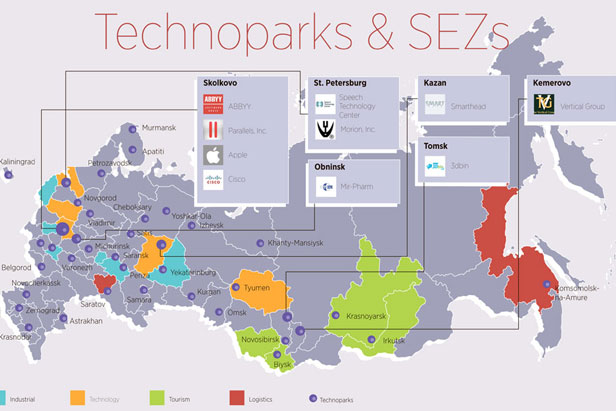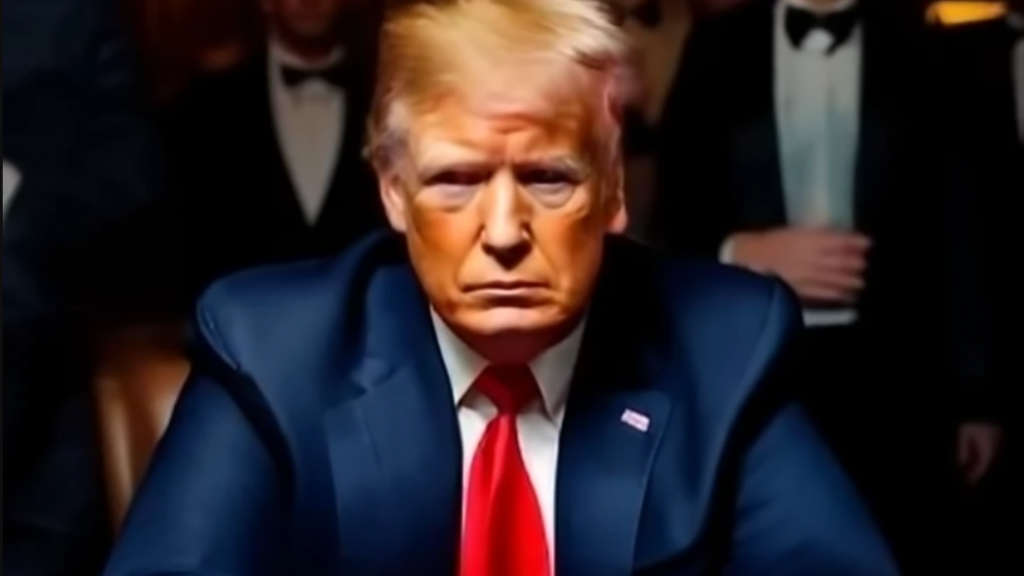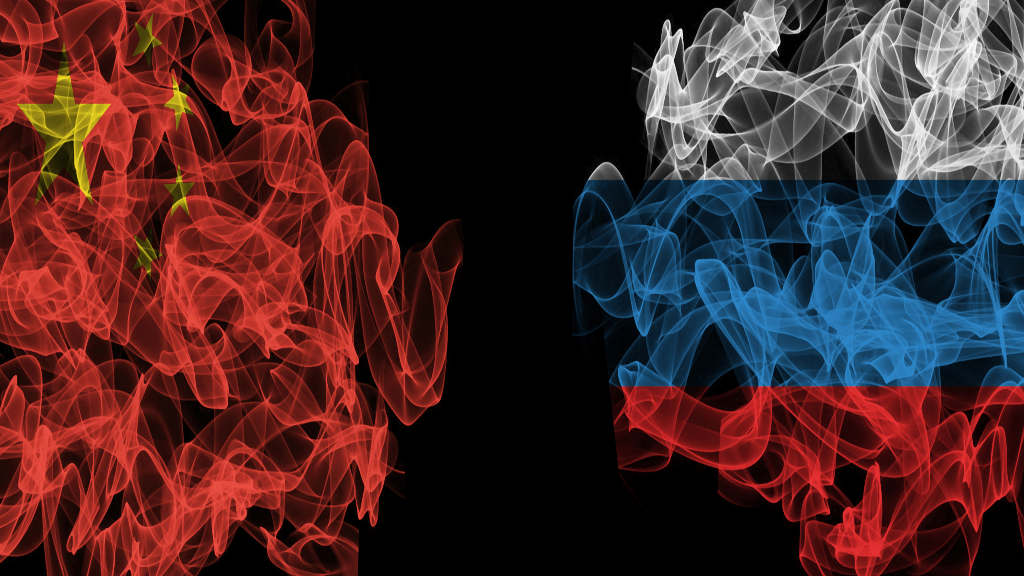
The Russian Ministry of the Economy has been assessing the effectiveness of the 44 Special Economic Zones (SEZ) in the country, including their fiscal effectiveness. SEZs are attractive investments for foreign investors as they typically offer reduced corporate income tax rates – typically zero for the first three-five years and at a 50% discount for the next five, as well as discounts on worker welfare contributions and utility bills. As energy costs are already low in Russia, this can make an investment in a SEZ highly attractive. Tax rates and overheads can differ from zone to zone.
Other benefits – especially for SEZ situated near Russia’s borders, can be their bonded zones. These mean that component parts can be imported duty free into the SEZ and then married with Russian local components without import duty and VAT having to be paid during the final product manufacturing or assembly process. This saves cash flow. The finished product can then either be sold onto the Russian domestic market (at which point duties and VAT are levied onto the retail price) or reexported elsewhere (with no duty payable in Russia). As Russia is also a member of the Eurasian Economic Union (EAEU) this means using a Russian SEZ to access markets within the EAEU can be financially attractive. The EAEU also includes Armenia, Belarus, Kazakhstan and Kyrgyzstan, and has free trade agreements with Iran, Serbia and Vietnam.
For financial comparisons and evaluation of Russia’s SEZ please contact us at research@russiaspivottoasia.com
The Ministry of Economics also examined Russia’s SEZ fiscal contributions as well. In doing so, it found that most were productive, with business models contributing a combined ₽1.2 trillion (US$11.4 billion) to Russia’s GDP.
Of the 44 SEZs that were evaluated, 25 zones were considered fiscally effective, 18 achievably effective, with 1 ineffective, for which the management system has already been rebooted. The Ministry did not reveal which SEZs achieved these results.

Some adjustments to improve SEZ effective are being evaluated and are to be sent to the State Duma for passing into Russia’s SEZ laws. These include re-balancing the tax benefits for new investors to reflect differences in recognised R&D allowances as a capital contribution and the actual capitalisation.
Russia’s SEZs have also become increasingly popular with foreign investors over the past year. By the end of 2023, more than 1,000 resident companies were registered in the 44 SEZs, of which 176 were new investors, compared to 141 new investors in 2022.
During 2023, 18,100 new jobs were created, amounted to 169% of the planned budget, and up one and a half times higher than in 2022 at 12,000 jobs. Actual investments were also up at ₽660 billion (US$7.5 billion) in 2023 against ₽196 billion (US$2.3 billion) in 2022.
Russia’s SEZs have also been acquiring technology transfer know-how, itemised as an R&D contribution in investments, with this sector worth some ₽22 billion (US$250 million).
For further information about Russia’s SEZ, please contact us at research@russiaspivottoasia.com




